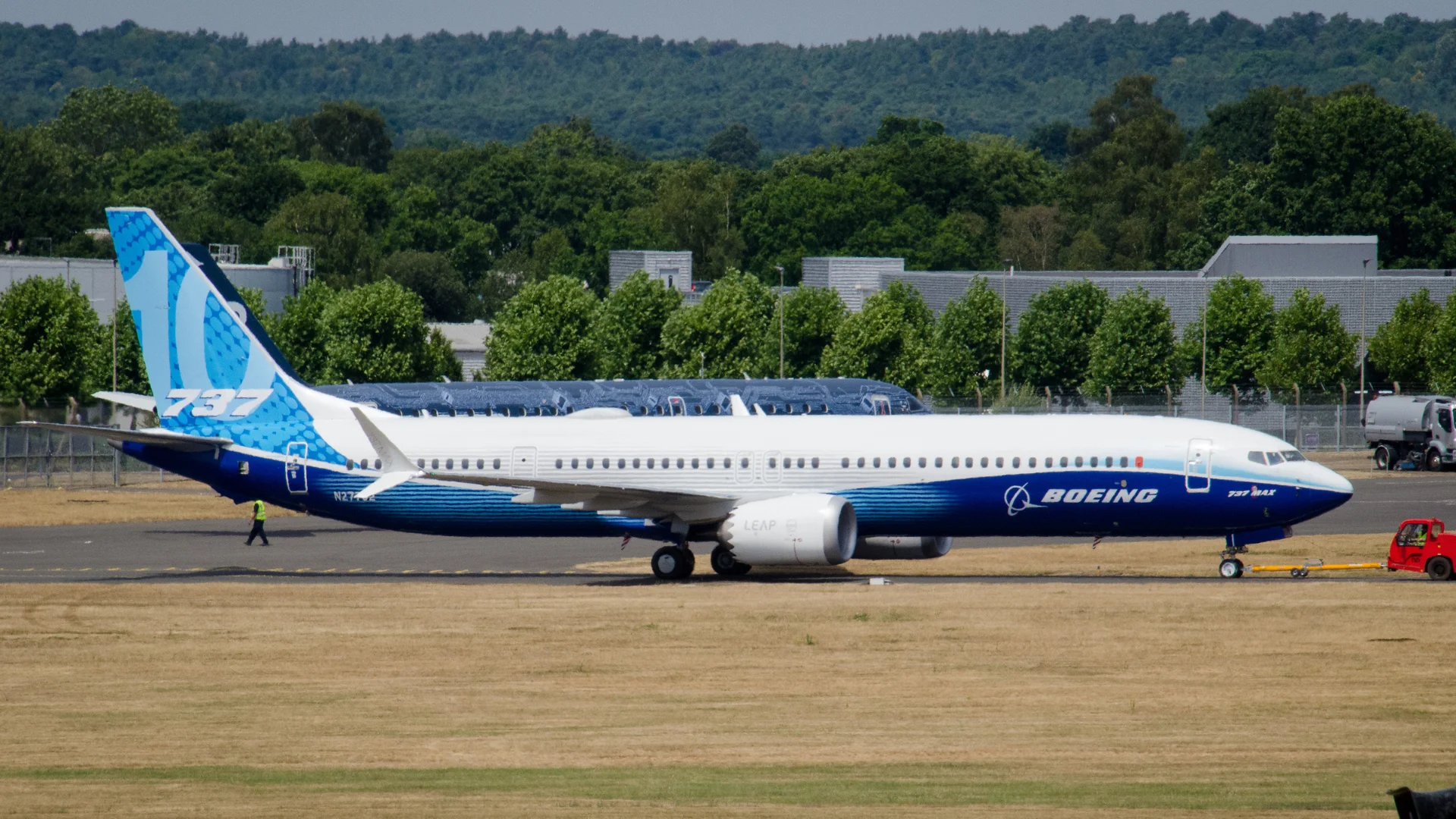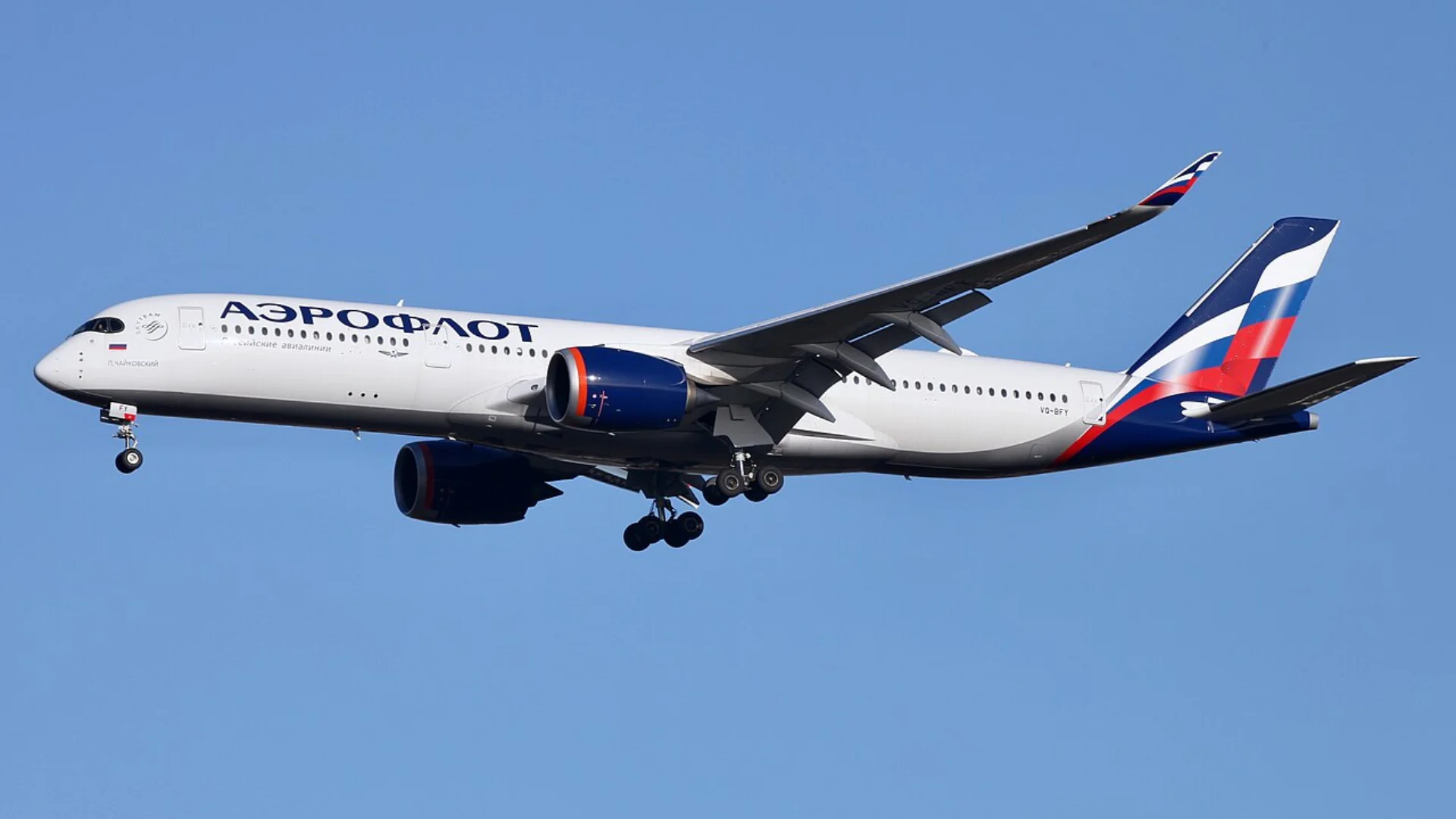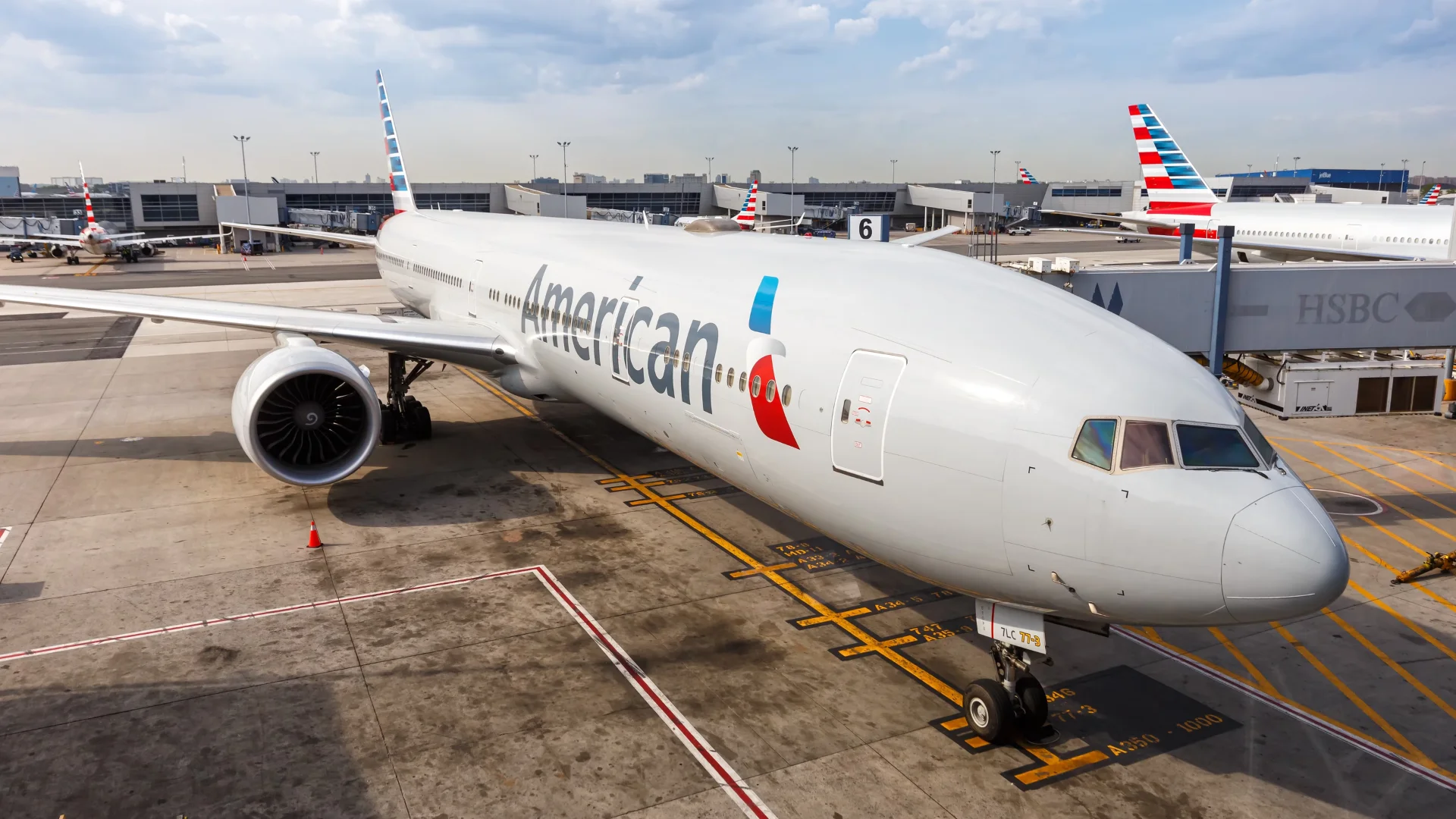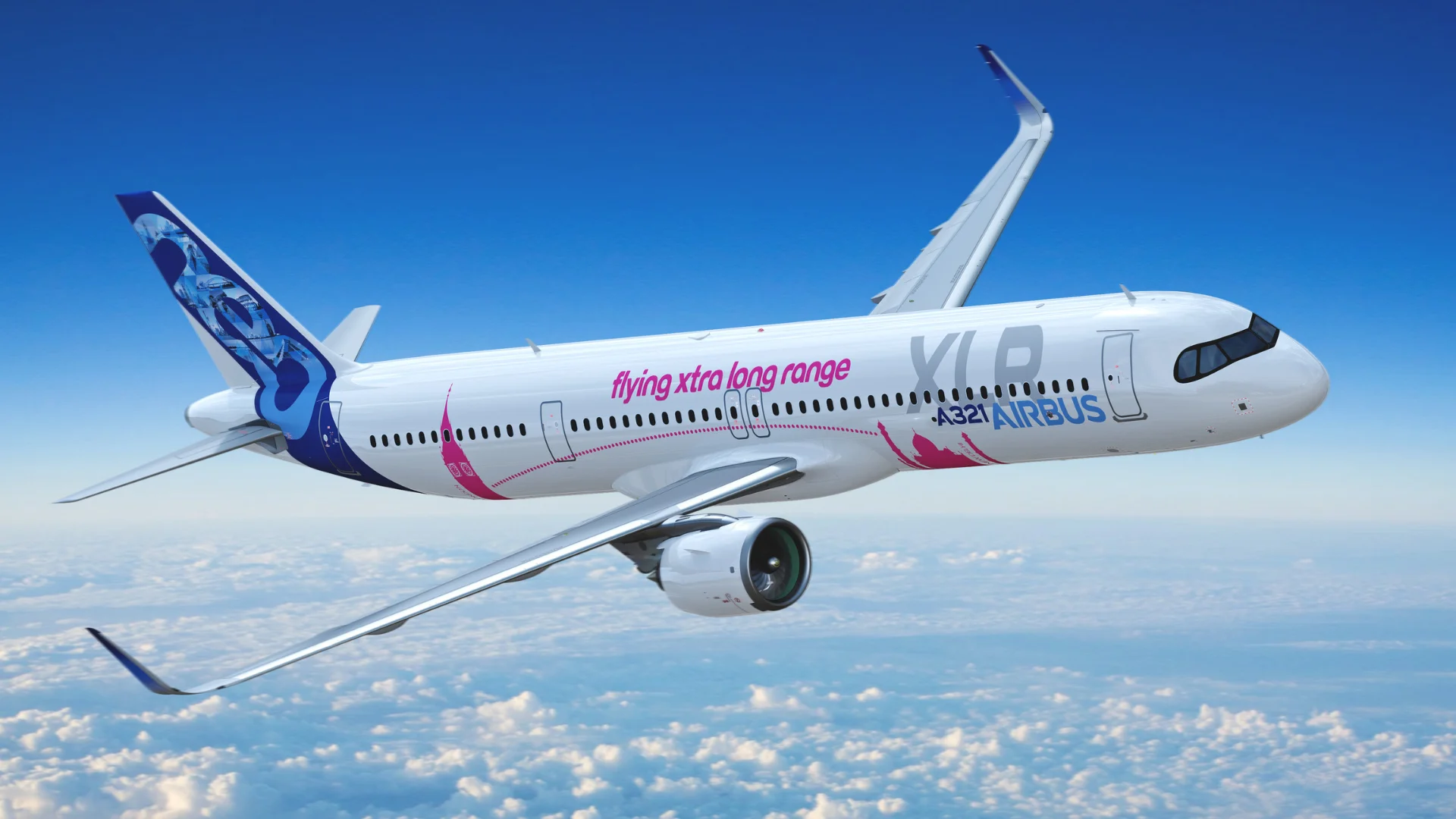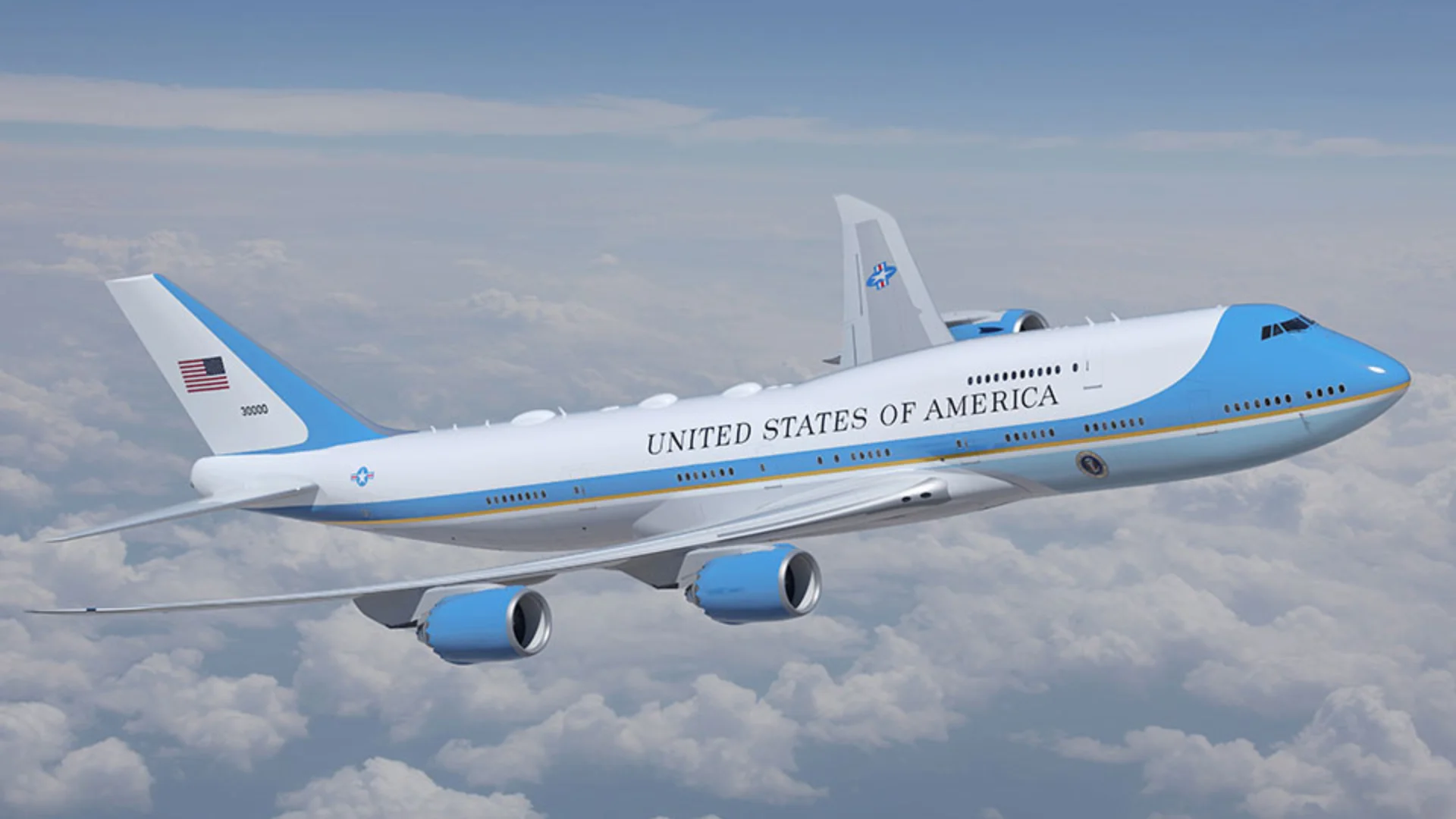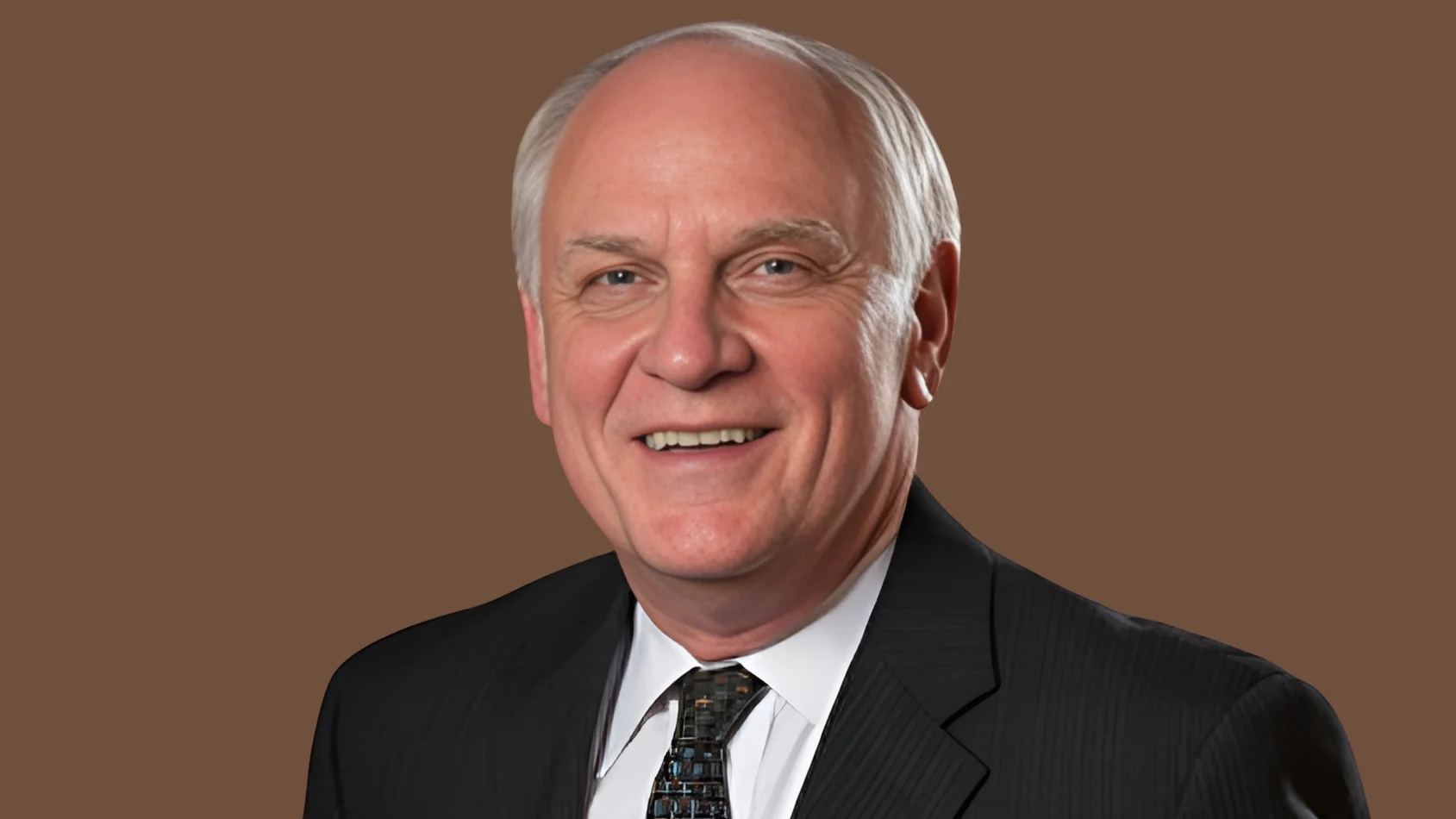The working principle of a jet engine can be summarized as follows:
1. Suck: Large amounts of air are drawn in from the atmosphere.
2. Squeeze: The air is compressed through a series of compressor stages.
3. Bang: The compressed air is ignited with atomized fuel.
4. Blow: The hot air is expelled through the exhaust to generate thrust.
Air is sucked into the engine using a large fan at the front. The air is then compressed in subsequent stages, increasing its pressure significantly. Fuel is mixed with this compressed air and ignited, producing hot, high-pressure gases that rush past turbine blades causing them to spin. This turbine motion drives both the inlet fan and compressor fan via an axle connection.
The hot exhaust gases exit through a tapering nozzle, accelerating as they leave due to reduced aperture size—similar to how water speeds up when exiting a hosepipe under pressure. This rapidly moving air propels the vehicle forward.
Military jets sometimes use afterburners for additional thrust by injecting fuel directly into the exhaust jet; however, most passenger planes rely on standard thrust mechanisms for sufficient forward motion.
Designing jet engines involves addressing high pressures and temperatures within the combustion chamber where temperatures can exceed 900 °C (1,650°F). Early prototypes relied on steel but this material degrades at around 500 °C (932 °F). Manufacturers turned to nickel-chromium alloys which remain stable up to 85% of their melting point at 1,455 °C (2,651 °F).
Modern cooling strategies include ceramic coatings on components and distributing cool air over blade surfaces via tiny holes in their structure. Rolls-Royce's Neil Glover explained that despite operating in environments hotter than nickel alloy's melting point, cooling mechanisms keep metal below its critical temperature.
Advancements in materials technology have refined these alloys further by engineering metals' atomic structures for enhanced integrity under stress conditions—akin to creating single-crystal gemstones from multiple tiny crystals.
As engine designs evolved towards higher bypass ratios for better efficiency without direct fuel burn increase—the resulting larger diameter necessitated lighter construction materials like ceramic matrix composites replacing heavier metals.
The GE9X engine used in Boeing's 777X exemplifies this evolution—it employs composite materials extensively while promising 10% more fuel efficiency compared to its predecessor GE90 along with being quieter.
 Alerts Sign-up
Alerts Sign-up


















